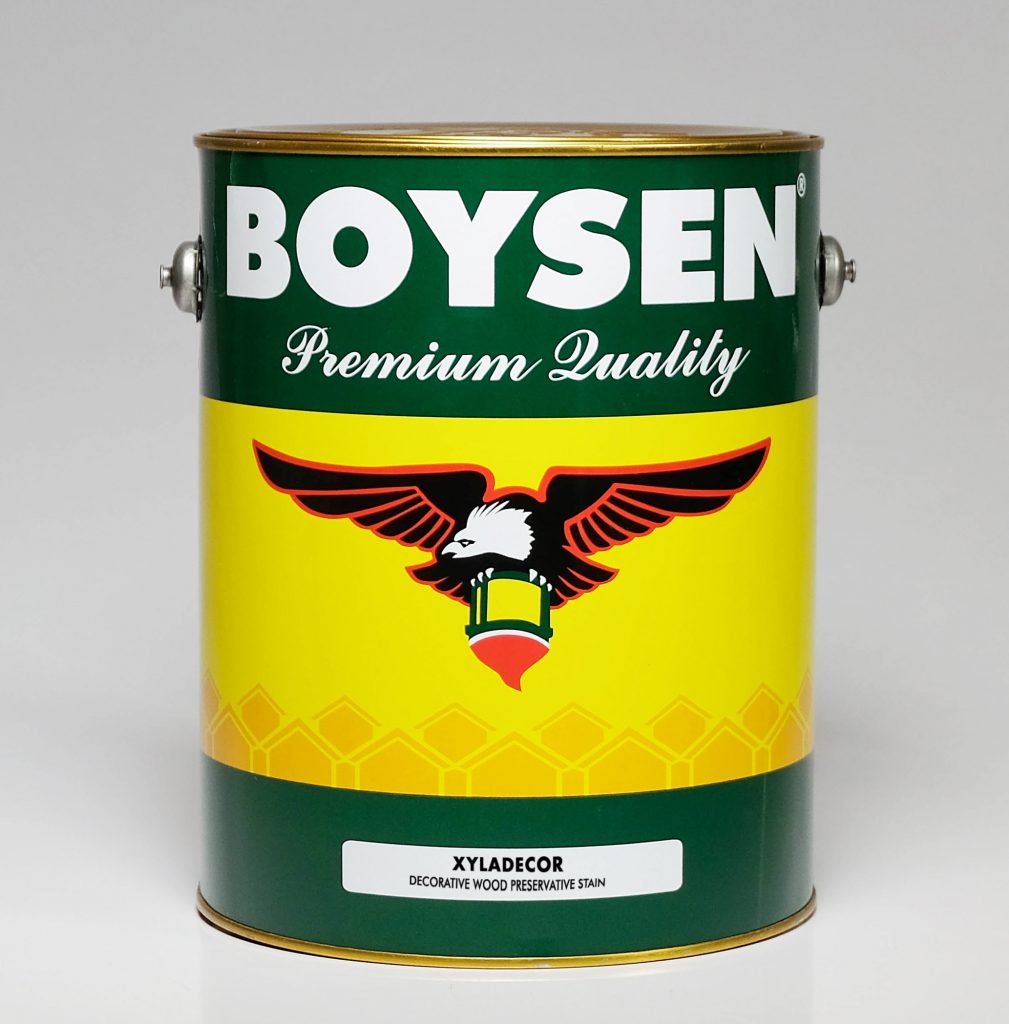Working with wood can get tricky. And trickier projects, unfortunately, come with more room to mess up. Because we want to steer you away from paint problems, we asked the Boysen Technical Services Department for the common mistakes they’ve seen painters and DIYers make when varnishing wood.
Applying Wood Stain Over Varnish
Wood stain should only be applied on bare wood. This means that if you’re revarnishing wood and would like to stain it, you will need to strip away the old coatings until you have the bare surface to work with again.
Many make the mistake of applying wood stain on top of existing varnish. The stain simply sits on top of the varnish and will not be able to penetrate the wood. Because of this, the color from the wood stain has a poor chance of lasting long.

Using the Wrong Product
Always make sure you use products suited for your project when varnishing as mistakes in product choice can lead to problems. One of the most common mistakes is applying a product meant for interior wooden surfaces on exteriors.
For example, lacquers are only for interiors. This is because, when exposed to the sun, there’s a high chance that lacquer will flake or crack. Hence, lacquer products such as Boysen Clear Gloss Lacquer and Boysen Automotive Lacquer are recommended for interiors only.
When staining wood, note that Boysen Oil Wood Stain should also only be used on interior wooden surfaces.

So, what product should you use if you’re staining or varnishing wood? Boysen Xyladecor is a great choice. It’s a deep-penetrating stain that also acts as a topcoat so you don’t need to apply varnish on top. It acts as a water-repellent, provides protection against wood decay, and prevents the growth of mold and fungi.
If you want an extra layer of protection, you have the option of applying Hudson Timbercoat as a final coat on top of Xyladecor.
Not Taking Steps Against Moisture Blushing
Moisture is the greatest enemy of wood. And, one of its effects is moisture blushing. Moisture blushing will look like a milky-white film on the varnished wood. It happens when moisture gets trapped and condensates in a coated surface. This is most likely to occur when the weather is humid, wet, or cold.
With moisture blushing, prevention is better than cure. To remove moisture blushing on your wood, you will need to sand the area. Doing so will remove the clear coating already on it, and if you used a stain, there’s a good chance this will come off too.

Now you have a spot where the bare surface is exposed and the color is different from the rest. You’ll need to start from scratch and revarnish your surface all over again. Save yourself the hassle and prevent moisture blushing in the first place with Boysen Lacquer Flo.
Hope you learned something new about varnishing. Good luck!
If you have any questions or inquiries about Boysen products, our technical team will be happy to assist you. Send an email to ask@myboysen.com or call (02) 8363-9738 local 413 to 418 during office hours for a one-on-one consultation.




